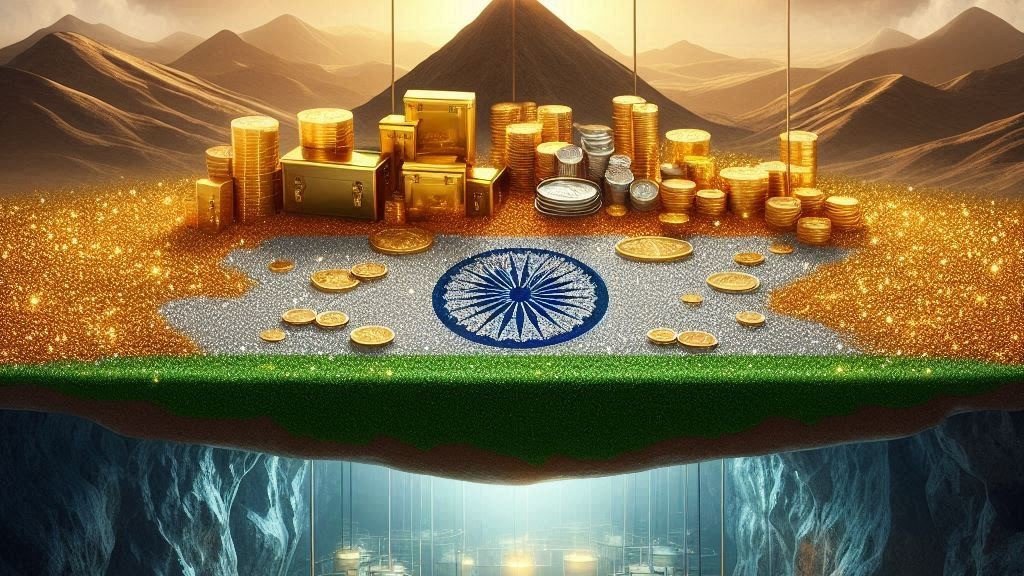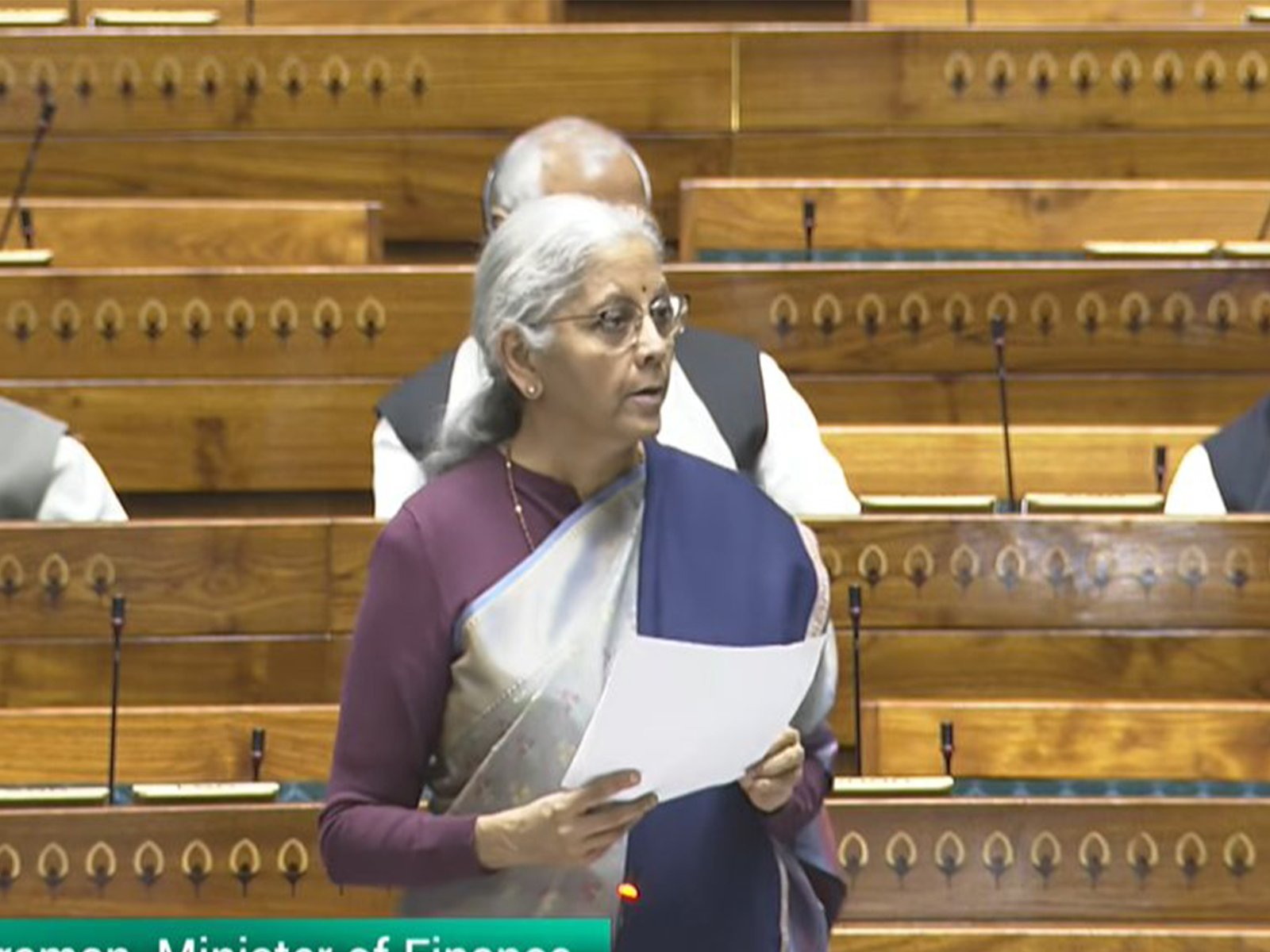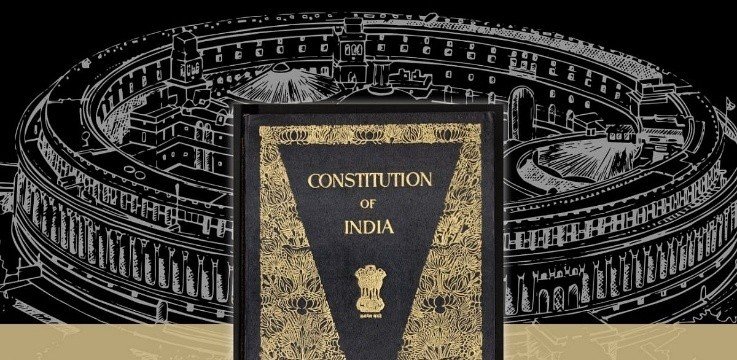Why in the News?
- India has embraced Atmanirbharta (self-reliance) not only in food, digital technology, defence and vaccines but now seeks to extend it to financing its growth.
- With global FDI and project finance shrinking in 2024, dependence on external flows has become risky.
- A new focus is on mobilising domestic wealth, particularly household gold, to fund India’s development.
Key Highlights
- Historical Lessons of Self-Reliance
- 1960s Droughts → Green Revolution made India food secure.
- 1990s Digital Transformation → IT Services Boom, turning talent into strength.
- COVID-19 Pandemic → Indigenous Vaccines, proving scientific self-reliance.
- Current Era → Defence Self-reliance, reducing dependence on imports.
- Each crisis turned into capability whenever India chose self-reliance.
- New Challenge: Financing Growth
- Since 2000, India has received $1 trillion in FDI, but global flows are now shrinking (11% fall in 2024).
- Portfolio investments are large but remain volatile and influenced by global shocks.
- Rising global costs of capital mean India cannot depend only on foreign money.
- Thus, India must unlock its domestic wealth to fund domestic growth.
- India’s Gold Paradox
- Indian households hold about 25,000 tonnes of gold (worth $2.4 trillion, ~55% of India’s GDP FY26).
- This is the largest private gold reserve in the world.
- Yet, India still imports 87% of its gold demand, adding heavily to the trade deficit.
- Between 2010–2013, gold imports made up one-third of India’s trade deficit.
- This creates both a challenge and an opportunity.
- The Gold Monetisation Opportunity
- Past Gold Monetisation Schemes failed due to weak infrastructure and low trust.
- A new approach must focus on:
- Infrastructure: More hallmarking & purity-testing centres (BIS centres have doubled in 4 years but still limited).
- Logistics: Banks should handle money flows while specialised centres manage secure gold movement.
- Digitalisation: Depositors should track their “metal balance” like a bank account balance.
- Trust: Remove frictions like GST/customs scrutiny and adopt a “no questions asked” policy to attract households.
- Economic Payoff
- Mobilising household gold can reduce borrowing costs to 5%–6.5%, cheaper than foreign debt.
- Even a small share of mobilised gold can:
- Ease gold import pressure.
- Strengthen the current account balance.
- Create a domestic capital pool for infrastructure, manufacturing, and innovation.
- Civilisational Dimension
- For India, gold is not just an asset but a cultural and civilisational symbol of security.
- Mobilising this wealth is therefore both an economic reform and a civilisational choice – “Bharat funding Bharat.”
Key Terms
- Gold Monetisation Scheme (GMS)
- A government programme to mobilise idle household gold.
- Depositors earn interest by lending gold to banks.
- Banks use this gold to reduce imports or lend to jewellers.
- Earlier schemes failed due to weak trust and infrastructure.
- Reforms needed: digital tracking, no-tax policy, wider outreach.
- Current Account Deficit (CAD)
- The difference between a country’s imports and exports of goods, services, and capital.
- High gold imports widen CAD.
- Reducing gold imports strengthens currency stability.
- CAD influences inflation and foreign exchange reserves.
- Mobilising domestic gold can reduce CAD pressure.
- Foreign Direct Investment (FDI) vs. Foreign Portfolio Investment (FPI)
- FDI: Long-term, stable investment in businesses (e.g., factories).
- FPI: Short-term, volatile flows in stock/bond markets.
- India received over $1 trillion FDI since 2000.
- FPI is riskier as it moves quickly with global shocks.
- Hallmarking & Purity Testing
- Certification that verifies the purity and quality of gold.
- Managed by Bureau of Indian Standards (BIS) in India.
- Essential for trust in gold monetisation.
- India still has a large share of unbranded, uncertified gold.
- Expansion of testing centres is crucial for scheme success.
Implications
- Economic Stability – Reduces reliance on volatile foreign investments.
- Stronger Current Account – Lower gold imports improve trade balance.
- Financial Deepening – Mobilises idle assets into productive capital.
- Policy Independence – Less dependence on global capital markets.
- Civilisational Confidence – Reinforces the idea that India’s growth can be self-financed.
Challenges and Way Forward
| Challenges | Way Forward |
| Low household trust in gold monetisation schemes | Build transparent, simple, and depositor-friendly systems |
| Weak infrastructure for purity testing and hallmarking | Expand BIS hallmarking centres across the country |
| Cultural attachment to physical gold | Introduce innovative, flexible gold savings products with guaranteed returns |
| Regulatory frictions like GST and customs scrutiny | Simplify rules, ensure “no questions asked” deposits |
| Risk of limited participation | Public campaigns to build awareness and showcase benefits |
Conclusion
India’s journey shows that every crisis — from food insecurity to globalisation shocks — has been overcome through self-reliance. The next frontier is financial Atmanirbharta. By mobilising its vast domestic gold reserves, India can reduce dependence on foreign capital, strengthen economic resilience, and express civilisational confidence. This is not only an economic reform but also a statement of India’s self-belief.
| EnsureIAS Mains Question Q. Atmanirbhar Bharat has entered a new phase where financial self-reliance is being emphasised. Discuss how gold monetisation can transform India’s growth path. What are the key challenges in mobilising household gold? (250 Words) |
| EnsureIAS Prelims Question Q. Consider the following statements regarding gold in India: 1. Indian households collectively hold one of the world’s largest private gold reserves, valued at more than half of India’s GDP. 2. India imports nearly 90% of its gold demand, which has historically contributed to its trade deficit. 3. The cost of borrowing through gold monetisation is higher than borrowing from international markets. Which of the above statements is/are correct? Answer: A (1 and 2 only) Statement 1 is correct: Households hold ~25,000 tonnes of gold, worth $2.4 trillion (~55% of GDP). Statement 2 is correct: India imports ~87% of gold demand, worsening trade deficit. Statement 3 is incorrect: Gold monetisation cost (4.5–6.5%) is lower than foreign borrowing costs. |
Also Read | |
| UPSC Foundation Course | UPSC Daily Current Affairs |
| UPSC Monthly Magazine | CSAT Foundation Course |
| Free MCQs for UPSC Prelims | UPSC Test Series |
| ENSURE IAS NOTES | Our Booklist |





